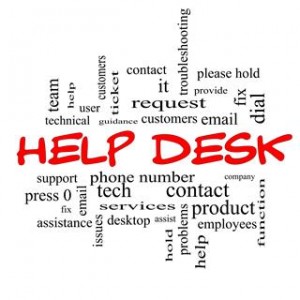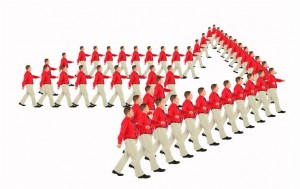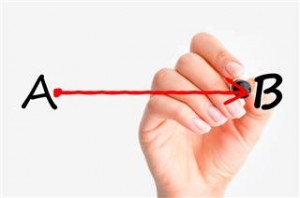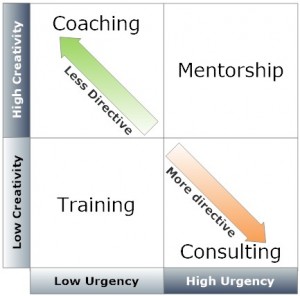HELPING GOOD SAFETY MANAGEMENT HAPPEN.
We need to do better than current Safety Manager training courses!
“Management is about making people capable of joint performance, making their strengths effective and their weaknesses irrelevant.” Peter Drucker.I believe good Safety Management does not happen by itself.
I want to help Safety Managers to have a positive impact on their organisation’s safety performance, by helping them work better with and through people.
How?
Traditional Safety Manager training is outdated because it only focusses on the technical aspects of the safety job.
I implemented and operated 2 SMS systems for 7 years, consulted for 4 years and most recently am certifying myself as a coach.
During that time I have experienced that the most difficult obstacles to SMS and safety management are usually not technical in nature, rather social.
This means you need to learn how to get things done through working with other people.
I have attended many SMS training courses by the biggest institutions, but rarely was this social aspect of safety management addressed.
As a technical person we are usually not trained or equipped with the necessary tools to get the best out of people. The good news that it is a learnable skill!
My experience as a coach has given me access and understanding to a whole range of tools that can help Safety Managers to clarify thinking, collaboration and decision-making around safety. Tools and concepts you can use to facilitate positive safety change and continous improvement in your organisation.
Along the way I can also help you to address the elephant in the boardroom;
When SMS does not work, it can lead to conflicts within the management team, lack of cooperation and the perception that it is a waste of everyone’s time.
Worst case scenario; the SMS & Safety Manager lose credibility and no actions are taken to improve safety !
I aim to equip you and your management team with the mental, social and technical tools to facilitate the communication, collaboration and safety problem solving that make good safety management happen.
To get the best from people, you must not only enhance their skills, but also develop their drive, commitment and belief in their own responsibilities for safety and quality performance.
The S/R/M coaching process is designed to succeed in this respect.
Learn by doing rather than by being told! The S/R/M coaching process.
Rather than starting with generic theoretical courses, which try to force templates on an organisation, the coach first observes the organisation and individuals in it. 
This can be done in various ways, but it usually involves interviews, task and organisational analysis.
Then the relevant problems and options are explored with the stakeholders, the intended outcome is to create clarity.
First of all clarity about the technical problems, second of all clarity about the organisational roadblocks and strengths which will affect the success of the project’s implementation.
Until it is clear what problems exists, and particularly which problem needs to be solved, it is impossible to define a common vision and goals for the organisation.Without them any effort to implement a project is going to lose focus quick and cause essential stakeholders to lose their buy-in.
Only when it is clear which goals the project is trying to achieve, will it become clear what kind of resources and effort are required to obtain a performing system. There needs to be a clear plan on how these goals are going to be achieved. This plan is something that the coachee and their team need to be actively involved in, the coach can facilitate and clarify the plan, but the basic design comes from the coachee.
T hen, the hard long effort of putting these initiatives in place.
hen, the hard long effort of putting these initiatives in place.
In this stage regular coaching session can be especially useful with troubleshooting of the many practical issues than can come up.
Like acquiring any new skill, things like analysis, investigation, presentation, risk assessment, effective participation in safety meetings, etc., involve a learning process. The team will probably not get it right the first time, and coaching can help to analyse performance and identify opportunities to improve, as well as maintain motivation to keep committed to the process. Confidence is a critical factor in the application of any skill set. The most effective techniques will only achieve results when the individual is sufficiently confident and motivated to put them into practice.
This learning process is not just about technical issues, it is also very much about developing so-called “soft-skills” which are rarely addressed.
E.g. effective communication and presentation, team-based problem solving and mediation techniques, can really boost early productivity.
Another essential coaching function is to objectively measure progress and identify potential drift in the project’s implementation.
Coaching can help to keep the team focussed on the goals and outcome of the process and if necessary refocus the plan and goals if they turn out to be inadequate.
How does Coaching compare to consulting, mentorship and training?
Depending on urgency and need for creativity, these tools all have their own appropriate moment of deployment.
So far training and consulting are the go-to solutions for many organisations, however in the long run they do not provide a sustainable way to develop staff.
Mentoring will be an appropriate tool for the interim period, e.g. to guarantee safety/risk performance until the client develops an independent capability.
Consultancy is a more directive form of intervention, whereby the consultant tells the client what to do. Although potentially a quick solution to an urgent issue, this intervention is not the most appropriate to develop the knowledge and confidence of the client or their staff.
Training is usually the vehicle to convey knowledge, but training by itself is not sufficient to change mindsets and give staff the confidence to apply that knowledge. Additionally studies show the phenomenon of “scrap learning”, typically only 20% of training sessions is effectively retained, hardly a good return on investment…
Coaching is a less directive form of engagement, whereby the coach helps to clarify goals and objectives. It is the client who decides and shapes the solutions but through the coaching process, the client knows that the selected action will help to achieve the organisational goals.
By implementing knowledge from training sessions immediately in a controlled and coached environment, the client accelerates the learning process and gains confidence to independently apply techniques and concepts, which helps to obtain a more lasting and effective implementation of the project.
As is natural in learning any new skill, the client will make mistakes in the beginning. This is an essential part of the learning process, but in many organisations, early mistakes kill enthusiasm for the project and hurt organisational engagement. The coach can help the organisation to mentally prepare to avoid most common mistakes or overcome them effectively.











